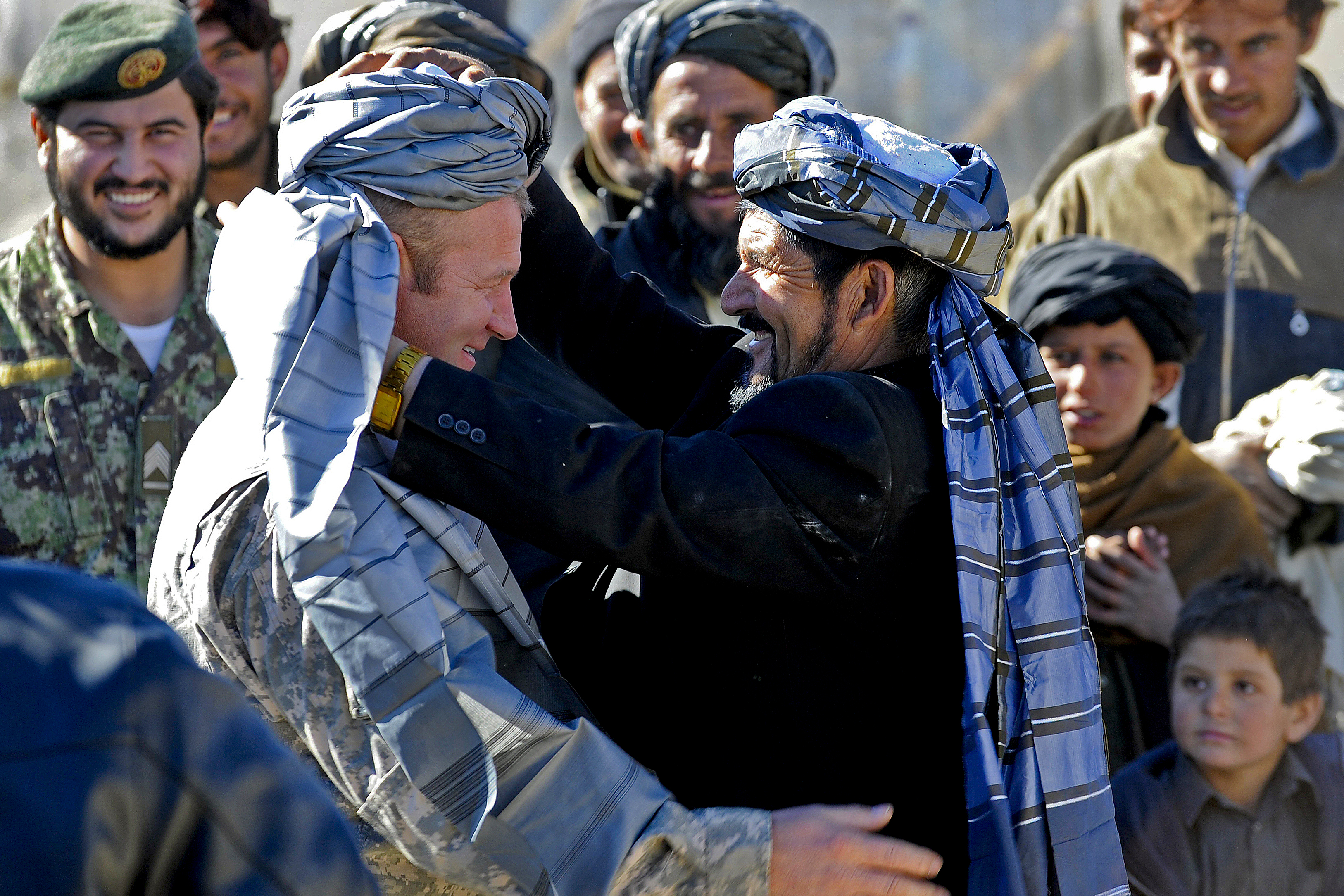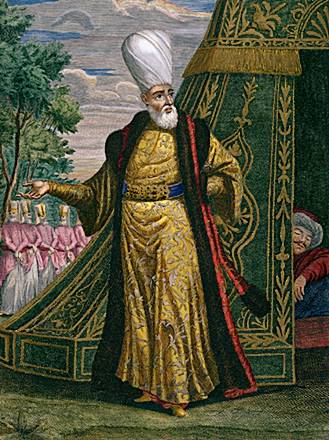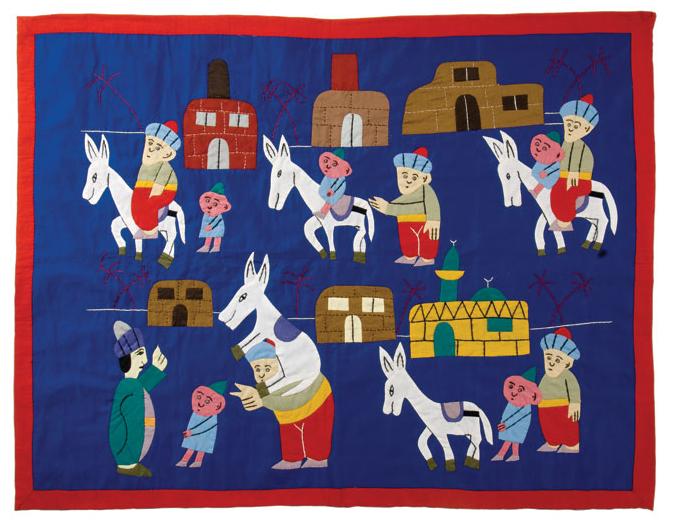|
ńįncili √áavuŇü
ńįncili √áavuŇüWarren S. Walker, Ahmet Edip Uysal, ''More Tales Alive in Turkey'', Texas Tech University Press, 1992, p. 305./ref>Tchaoush, √áavuŇü means: 1. a title given to the officials who engaged in various services provided of in the organizations of the Ottoman State, 2. a rank of officers who were responsible for transmitting down orders of senior commanders subordinate commanders in the Ottoman Army√ßavuŇü in BSTS / ''Tarih Terimleri S√∂zl√ľńü√ľ'', 1974. or Mustafa √áavuŇü was a figure of comic wisdom during the Ottoman Empire, Ottoman era. He may possibly have been a real person. His birth date is not known. There are several theories about his birthplace. According to ''Kayseri Ansiklopedisi'', he was born in the village of TńĪrafŇüńĪn, now called ńįncili of Tomarza, Tomarza District in Kayseri Province.Abdullah Satońülu, ''Kayseri Ansiklopedisi'', K√ľlt√ľr BakanlńĪńüńĪ, 2002, , p. 185. His fńĪkras (jokes) were collected by S√ľleyman Tevfik (Zorluońülu) at the first tim ... [...More Info...] [...Related Items...] OR: [Wikipedia] [Google] [Baidu] |
Turban
A turban (from Persian language, Persian ōĮŔąŔĄō®ŔÜōĮ‚ÄĆ, ''dolband''; via Middle French ''turbant'') is a type of headwear based on cloth winding. Featuring many variations, it is worn as customary headwear by people of various cultures. Communities with prominent turban-wearing traditions can be found in, Punjabis, the Punjabis, the Indian subcontinent, Southeast Asia, the Middle East, the Balkans, the Caucasus, Central Asia, North Africa, West Africa, East Africa, and amongst some Turkic peoples in Russia. A keski is a type of turban Majorly worn by female Sikhs, a long piece of cloth roughly half the length of a traditional "single turban", but not cut and sewn to make a double-width "Double Turban" (or Double Patti). Wearing turbans is common among Sikh men (Dastar), and infrequently women. They are also worn by Hinduism, Hindu monks. The headgear also serves as a religious observance, including among Shia Islam, Shia Muslims, who regard turban-wearing as ''Sunnah mu'akka ... [...More Info...] [...Related Items...] OR: [Wikipedia] [Google] [Baidu] |
Turkish Folklore
The tradition of folklore‚ÄĒfolktales, jokes, legends, and the like‚ÄĒin the Turkish language is very rich, and is incorporated into everyday life and events. Turkish folklore Nasreddin Hoca Perhaps the most popular figure in the tradition is Nasreddin, (known as ''Nasreddin Hoca'', or "teacher Nasreddin", in Turkish), who is the central character of thousands of jokes. He generally appears as a person who, though seeming somewhat stupid to those who must deal with him, actually proves to have a special wisdom all his own: One day, Nasreddin's neighbor asked him, "Teacher, do you have any forty-year-old vinegar?" ‚ÄĒ"Yes, I do," answered Nasreddin.‚ÄĒ"Can I have some?" asked the neighbor. "I need some to make an ointment with."‚ÄĒ"No, you can't have any," answered Nasreddin. "If I gave my forty-year-old vinegar to whoever wanted some, I wouldn't have had it for forty years, would I?" Similar to the Nasreddin jokes, and arising from a similar religious milieu, are the Bekt ... [...More Info...] [...Related Items...] OR: [Wikipedia] [Google] [Baidu] |
People From Kayseri Province
The term "the people" refers to the public or common mass of people of a polity. As such it is a concept of human rights law, international law as well as constitutional law, particularly used for claims of popular sovereignty. In contrast, a people is any plurality of persons considered as a whole. Used in politics and law, the term "a people" refers to the collective or community of an ethnic group or nation. Concepts Legal Chapter One, Article One of the Charter of the United Nations states that "peoples" have the right to self-determination. Though the mere status as peoples and the right to self-determination, as for example in the case of Indigenous peoples (''peoples'', as in all groups of indigenous people, not merely all indigenous persons as in ''indigenous people''), does not automatically provide for independent sovereignty and therefore secession. Indeed, judge Ivor Jennings identified the inherent problems in the right of "peoples" to self-determination, as i ... [...More Info...] [...Related Items...] OR: [Wikipedia] [Google] [Baidu] |
Janissaries
A janissary (, , ) was a member of the elite infantry units that formed the Ottoman sultan's household troops. They were the first modern standing army, and perhaps the first infantry force in the world to be equipped with firearms, adopted during the reign of Murad II (r. 1421‚Äď1444, 1446‚Äď1451). The corps was established under either Orhan or Murad I, and dismantled by Mahmud II in 1826. Janissaries began as elite corps made up through the '' devŇüirme'' system of child levy enslavement, by which indigenous European Christian boys, chiefly from the Balkans, were taken, levied, subjected to forced circumcision and forced conversion to Islam, and incorporated into the Ottoman army. They became famed for internal cohesion cemented by strict discipline and order. Unlike typical slaves, they were paid regular salaries. Forbidden to marry before the age of 40 or engage in trade, their complete loyalty to the Ottoman sultan was expected. By the 17th century, due to a drama ... [...More Info...] [...Related Items...] OR: [Wikipedia] [Google] [Baidu] |
Humor And Wit Characters
Humour (Commonwealth English) or humor (American English) is the tendency of experiences to provoke laughter and provide amusement. The term derives from the humoral medicine of the ancient Greeks, which taught that the balance of fluids in the human body, known as "humours" (Latin: ', "body fluid"), controlled human health and emotion. People of all ages and cultures respond to humour. Most people are able to experience humour‚ÄĒbe amused, smile or laugh at something funny (such as a pun or joke)‚ÄĒand thus are considered to have a ''sense of humour''. The hypothetical person lacking a sense of humour would likely find the behaviour to be inexplicable, strange, or even irrational. Though ultimately decided by subjective personal taste, the extent to which a person finds something humorous depends on a host of variables, including geographical location, culture, maturity, level of education, intelligence and context. For example, young children may favour slapstick such as Pu ... [...More Info...] [...Related Items...] OR: [Wikipedia] [Google] [Baidu] |
17th-century People From The Ottoman Empire
The 17th century lasted from January 1, 1601 (represented by the Roman numerals MDCI), to December 31, 1700 (MDCC). It falls into the early modern period of Europe and in that continent (whose impact on the world was increasing) was characterized by the Baroque cultural movement, the latter part of the Spanish Golden Age, the Dutch Golden Age, the French '' Grand Siècle'' dominated by Louis XIV, the Scientific Revolution, the world's first public company and megacorporation known as the Dutch East India Company, and according to some historians, the General Crisis. From the mid-17th century, European politics were increasingly dominated by the Kingdom of France of Louis XIV, where royal power was solidified domestically in the civil war of the Fronde. The semi-feudal territorial French nobility was weakened and subjugated to the power of an absolute monarchy through the reinvention of the Palace of Versailles from a hunting lodge to a gilded prison, in which a greatly ex ... [...More Info...] [...Related Items...] OR: [Wikipedia] [Google] [Baidu] |
1630s Deaths
Year 163 ( CLXIII) was a common year starting on Friday of the Julian calendar. At the time, it was known as the Year of the Consulship of Laelianus and Pastor (or, less frequently, year 916 ''Ab urbe condita''). The denomination 163 for this year has been used since the early medieval period, when the Anno Domini calendar era became the prevalent method in Europe for naming years. Events By place Roman Empire * Marcus Statius Priscus re-conquers Armenia; the capital city of Artaxata is ruined. Births * Cui Yan (or Jigui), Chinese official and politician (d. 216) * Sun Shao (or Changxu), Chinese chancellor (d. 225) * Tiberius Claudius Severus Proculus, Roman politician * Xun Yu, Chinese politician and adviser (d. 212) Deaths * Kong Zhou, father of Kong Rong (b. 103) * Marcus Annius Libo Marcus Annius Libo was a Roman Senator active in the early second century AD. Life Libo came from the upper ranks of the Roman aristocracy. He was the son of Marcus Annius V ... [...More Info...] [...Related Items...] OR: [Wikipedia] [Google] [Baidu] |
Nasreddin
Nasreddin () or Nasreddin Hodja (variants include Mullah Nasreddin Hodja, Nasruddin Hodja, Mullah Nasruddin, Mullah Nasriddin, Khoja Nasriddin, Khaja Nasruddin) (1208‚Äď1285) is a character commonly found in the folklores of the Muslim world, and a hero of humorous short stories and satirical anecdotes. There are frequent statements about his existence in real life and even archaeological evidence in specific places, for example, a tombstone in the city of AkŇüehir, Turkey. At the moment, there is no confirmed information or serious grounds to talk about the specific date or place of Nasreddin's birth, so the question of the reality of his existence remains open. Nasreddin appears in thousands of stories, sometimes witty, sometimes wise, but in many of which he is presented as a (holy) fool or as the butt of a joke. A Nasreddin story usually has a subtle humour and a Pedagogy, pedagogic nature. The International Nasreddin Hodja festival is celebrated between 5 and 10 July every ... [...More Info...] [...Related Items...] OR: [Wikipedia] [Google] [Baidu] |
Safavid Persia
The Guarded Domains of Iran, commonly called Safavid Iran, Safavid Persia or the Safavid Empire, was one of the largest and longest-lasting Iranian empires. It was ruled from 1501 to 1736 by the Safavid dynasty. It is often considered the beginning of modern Iranian history, as well as one of the gunpowder empires. The Safavid ShńĀh IsmńĀ'ńęl I established the Twelver denomination of Shńę Ņa Islam as the official religion of the empire, marking one of the most important turning points in the history of Islam. An Iranian dynasty rooted in the Sufi Safavid order founded by sheikhs claimed by some sources to be of Kurdish origin, it heavily intermarried with Turkoman, Georgian, Circassian, and Pontic GreekAnthony Bryer. "Greeks and T√ľrkmens: The Pontic Exception", ''Dumbarton Oaks Papers, Vol. 29'' (1975), Appendix II "Genealogy of the Muslim Marriages of the Princesses of Trebizond" dignitaries and was Turkish-speaking and Turkified;, "The origins of the Safavids ... [...More Info...] [...Related Items...] OR: [Wikipedia] [Google] [Baidu] |
Ahmed I
Ahmed I ( '; ; 18 April 1590 ‚Äď 22 November 1617) was the sultan of the Ottoman Empire from 1603 to 1617. Ahmed's reign is noteworthy for marking the first breach in the Ottoman tradition of royal fratricide; henceforth, Ottoman rulers would no longer systematically execute their brothers upon accession to the throne. He is also well known for his construction of the Blue Mosque, one of the most famous mosques in Turkey. Early life Ahmed was born at the Manisa Palace, Manisa, probably on 18 April 1590, when his father Mehmed was still a prince and the governor of the Sanjak of Manisa. His mother was Handan Sultan. After his grandfather Murad III's death in 1595, his father came to Constantinople and ascended the throne as Sultan Mehmed III. Mehmed ordered the execution of his nineteen half brothers. Ahmed's elder brother Ňěehzade Mahmud was also executed by his father Mehmed on 7 June 1603, just before Mehmed's own death on 22 December 1603. Mahmud was buried along with hi ... [...More Info...] [...Related Items...] OR: [Wikipedia] [Google] [Baidu] |
Sahib
Sahib or Saheb () is a term of address originating from Arabic (). As a loanword, ''Sahib'' has passed into several languages, including Persian, Kurdish, Turkish, Azerbaijani, Kazakh, Uzbek, Turkmen, Tajik, Crimean Tatar, Urdu, Hindi, Punjabi, Pashto, Bengali, Gujarati, Marathi, Rohingya and Somali. During medieval times, it was used either as an official title or an honorific. Now, in South and Central Asia, it is almost exclusively used to give respect to someone higher or lower. The honorific has largely been replaced with '' sir''. In the Tibeto-Burman language of Mizo, it is shorten as s√Ęp, referring to people of European descent. Derived non-ruling princes' titles Sahibzada ''Sahibzada'' is a princely style or title equivalent to, or referring to a young prince. This derivation using the Persian suffix ''-zada(h)'', literally 'born from' (or further male/female descendant; compare ''Shahzada'') a ''Sahib'', was also (part of) the formal style for ... [...More Info...] [...Related Items...] OR: [Wikipedia] [Google] [Baidu] |





